Glitch art. The art of digital glitches and distorted images.

Perfect and neat design is found everywhere today. But there is another kind of aesthetics that offers the effect of surprise, — glitch art. By breaking conventional design rules, it can help create unique images that will attract attention and make your campaigns more spectacular and exciting.
In this article, we’ll look at where glitch art came from and what techniques you can use to create your own spectacular glitch design. With content from our powerful library at your disposal, now is the best time to immersion in the world of glitch art. So let’s get started!

What is glitch art?
Glitch art is a form of visual art in which digital or analog errors (glitches) are used with aesthetic and expressive purpose. Glitches can occur randomly due to software errors or hardware failures. However, in the context of glitch art they are often created intentionally by changing digital code or tampering with equipment. The result is misplaced pixels, odd shapes, fragmentation, or other forms of visual distortion that disrupt the steady flow of digital information.
But despite the apparent chaos, glitch art is not quite a coincidence. Although the initial glitch may be unexpected, the designers have developed numerous techniques to intentionally create and control glitches, turning those glitches into a new form of digital art
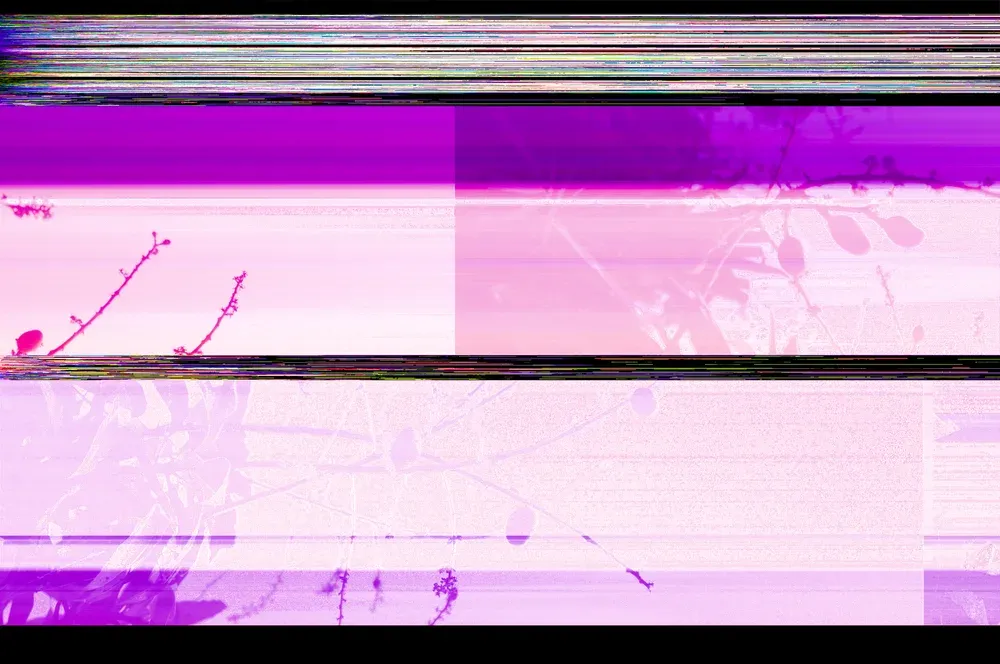
The origin of glitch art
The origin of glitch art is inextricably linked with the development and spread of digital technologies. Its concept originated in the 1960s years, primarily on experimental music scenes. Musicians began to use electronic systems to create music, and in the process they sometimes encountered unexpected failures in these systems. Some musicians began to see them as an opportunity for creative pursuits. This is how glitch became a recognized phenomenon in music. But the visual aspect of glitch art has only begun to take shape with the development of personal computers.
Thanks to the proliferation and accessibility of digital technologies, visual artists have begun experimenting with digital glitches. The tools and platforms available to artists have evolved, as has the technique of glitch art. With the arrival of the new millennium new technologies and platforms emerged that brought glitch art into the mainstream. So he began to go beyond the experimental circles and shape the larger digital art movement.
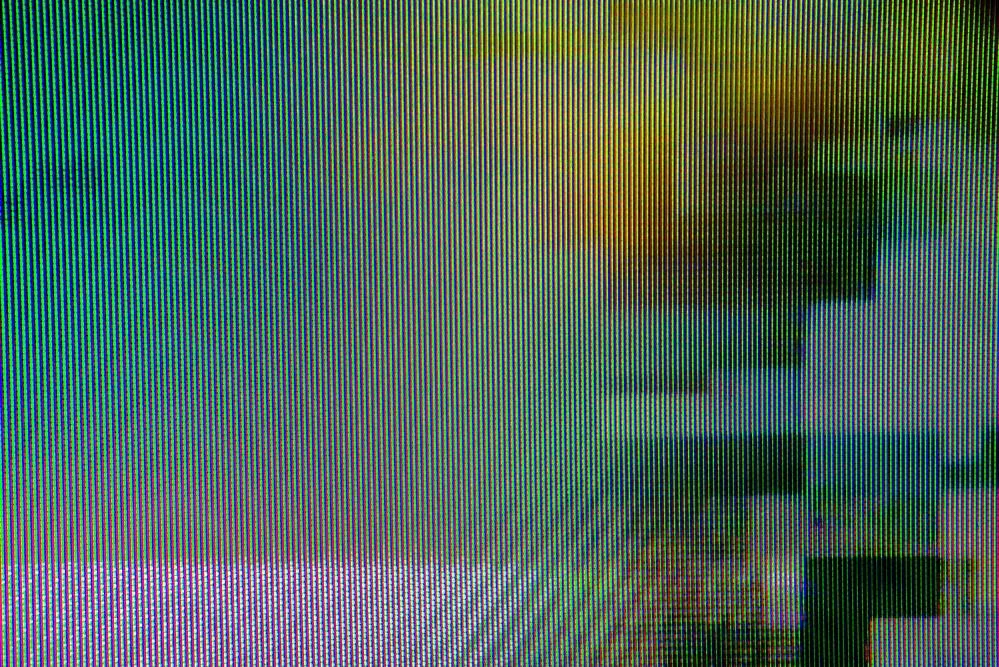
The philosophy of glitch art is much deeper than just an aesthetic fascination with visual distortions. Essentially, glitch art is critical thinking and exploration of our interaction with technology in the digital age. In an increasingly reliant world technology, we expect our devices and apps to work flawlessly. Glitch art shatters these expectations, emphasizing the instability and unpredictability of digital systems. He reminds us that technology, like people, is fickle and unpredictable.
Since we often strive for perfection in everything, glitch art encourages us to appreciate the unconventional and the unexpected. He offers an alternative perspective, reminding us that beauty can be found where we least expect it, and even in what we perceive as a mistake
Creating glitch art
Creating glitch art is both a technical and a creative process. It is important to understand how digital systems work, and how to manage them for aesthetically pleasing results. Here are some techniques for creating glitch art:
1. Databending
Databending involves changing a file’s data using software that is not designed for that file format. For example, you can open the image file in a text editor or sound processing program. Change data and then re-opening the file in the proper program can cause various crashes. This technique is usually used in sound design, but it can also be applied to images or video files.
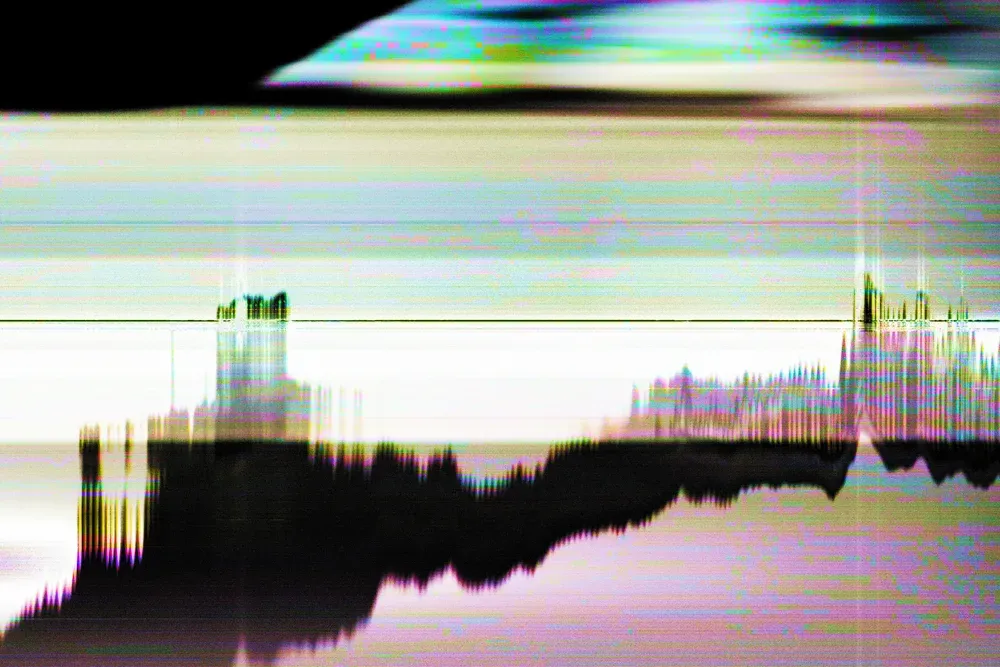
2. Pixel sorting
Pixel sorting is a technique in which the pixels of an image are rearranged according to an algorithm, often based on their hue, brightness or saturation. This can create streaks or clusters of pixels of the same color, giving a striking effect a visual effect that destroys the original image while retaining some semblance of its shape.
3. Combining data
Data merging is a technique often used in video art where information from one frame is superimposed on another, creating a visual effect of blurring or melting. This is achieved by removing key frames from the video file, which leads to an unexpected merging of frames with each other.
4. Hex editing
Hex editing involves directly manipulating the hexadecimal code of a file. This can be done using a hex editor, which allows you to view and edit the raw binary data of the file. By changing the hexadecimal code, you can call a wide variety of failures, depending on exactly what data you change and how you change it.
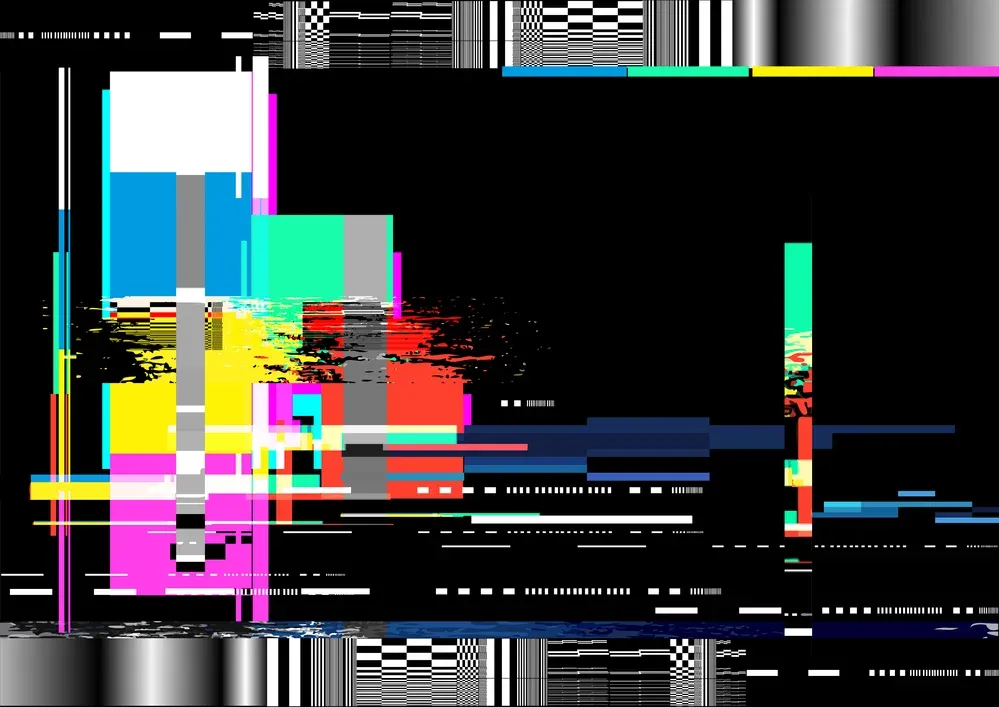
5. Glitch scan
Glitch scanning is a physical technique that involves scanning an image while physically manipulating the printed a photo or the scanner itself. For example, you can move the photo around on the scanner bed while scanning.
6. Sources of light
The effect of light seepage came into design from analog photography. It occurs when light “penetrates” the film camera and illuminates the film, resulting in a warm shade that sets a special mood. Although this is not a glitch in the usual understanding, light leaks can create glitch aesthetics, adding chaos to the visual composition. In the digital world you can recreate this effect by overlaying light leak layers on your design.
7. Double exposure
Double exposure is a photography technique in which two or more images are superimposed to create one. In glitch art double exposure can add visual complexity and a distortion effect to your design. Overlaying different scenes or elements, you can influence the viewer’s perception and create the visual distortions that are central to the glitch aesthetic.
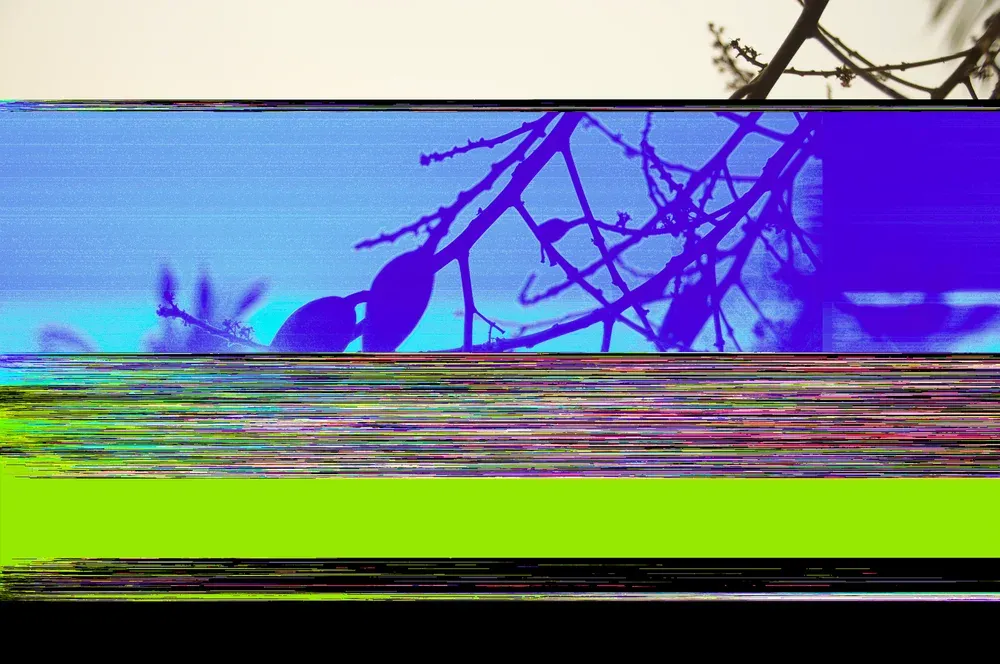
8. Noise and graininess
Noise, often perceived as random dots of color, usually appears in digital images due to low light or high ISO settings in cameras. At the same time, graininess is the tiny grainy textures that are another characteristic analog photography. Noise and grain destroy the crisp and polished look of digital images, making them look rough and imperfections.
9. Distortion of color
The process of color distortion involves the intentional reduction, distortion, or alteration of colors in a digital image. It can appear in the form of muted shades, a shift in color balance, oversaturation or bringing the image to limited color palette. Color distortion creates a visually destructive effect similar to viewing an image on a faulty display or faded print media.
10. Glitch lettering
Glitch lettering involves duplication, displacement or fragmentation of letters, as if a failure occurred in the process of rendering the text. But despite the distortion, it is important that the glitch text remains legible in order to effectively convey the desired message.

Ready to try glitch aesthetics?
Glitch art, with its captivating aesthetic, is particularly relevant for tech companies and social media brands seeking stand out in the digital environment. If you want to try the glitch art aesthetic, we’ve got you covered! Our library contains a huge collection of photos and videos that you can use in your glitch design. If you want quality files for digital experiments or ready-made glitch elements that will speed up the workflow, you will find it all in our library
Conclusion
Looking into the future, we see that the glitch aesthetic will evolve and change, as will the technologies that spawn it. It’s safe to say that glitch art will continue to intrigue, inspire and amaze, challenging conventional wisdom. About visual culture. Explore our visual resources, find inspiration and start creating your own unique glitch art.
